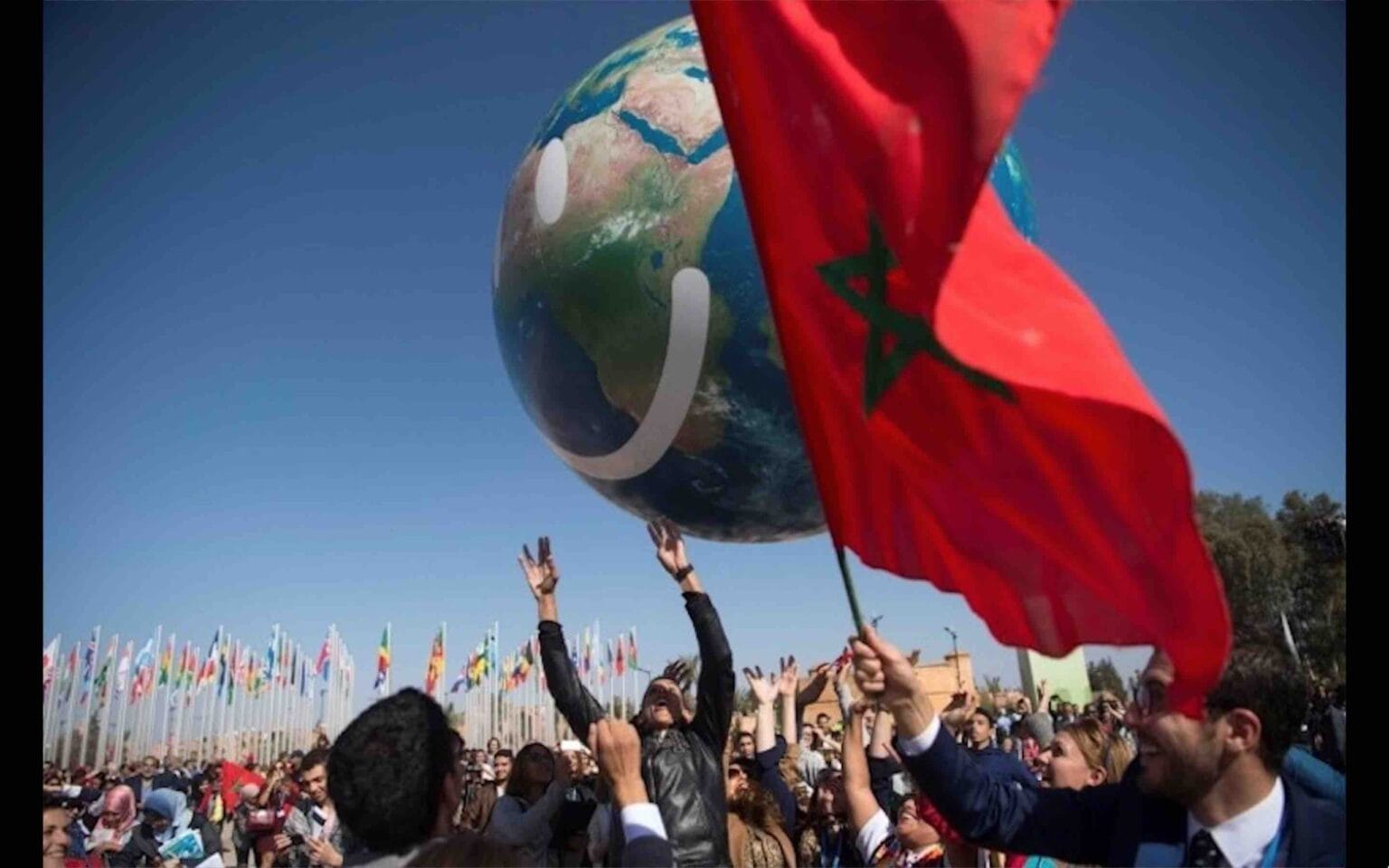As climate disruptions multiply on a global scale, a new world ranking highlights Morocco’s structural vulnerability to these upheavals – not only in terms of natural risks but especially regarding its ability to mobilize the necessary funding to address them.
In its latest report, the Columbia Climate School, in partnership with the Rockefeller Foundation, unveiled the Climate Finance Vulnerability Index (CliF), a reference tool designed to better assess countries’ actual capacity to anticipate, mitigate, and recover from natural disasters and climate crises. In this ranking covering 188 countries, Morocco ranks 124th, with an overall score of 57.7 – indicative of a dual fragility: high climate vulnerability (67.1) and limited access to appropriate funding (48.2).
An underappreciated vulnerability by current aid mechanisms
The report points out a major bias in current international aid models, often based on income criteria such as GDP per capita, which do not take into account the actual level of climate exposure. As a result, middle-income countries like Morocco find themselves in a blind spot of international financial circuits, even as they face increasing risks – droughts, floods, water stress, and rising sea levels.
This situation is not isolated. 65 countries are classified in the “red zone” of the ranking, meaning they have significant exposure to hazards and very limited financial response capacity. Among them, 43 are located in sub-Saharan Africa, a region particularly vulnerable and marginalized in terms of climate investments. Other fragile states such as Pakistan, Bangladesh, Cyprus, and Ukraine complete this global mapping of climate precariousness.
A fairer model to rethink global climate action
With this index, Columbia researchers aim to challenge traditional approaches by introducing a systemic view of climate risk. “Current aid models do not take into account the massive debt of certain countries, nor the obstacles they face in accessing financial markets,” emphasizes Jeff Schlegelmilch, a professor at the Columbia Climate School.
The goal is therefore clear: to enable better resource allocation in favor of countries like Morocco that face a severe climate reality but have little room to adapt their infrastructure, strengthen their resilience, or relocate their populations.
An imminent threat, colossal stakes
The projections are alarming. Up to 14 million deaths and 12.5 billion dollars in economic losses could be recorded globally by 2050 if nothing is done, warns the report. The World Bank estimates that 132 million people could fall into poverty by 2030 in the absence of massive investments in adaptation.
For Morocco, this alert resonates as an emergency signal. Despite its efforts in renewable energy and water adaptation, access to international financial resources remains insufficient, hindering the large-scale implementation of adaptation projects. This ranking thus serves as a reminder that the climate transition is not won solely on the technological front but also on the financial equity front.
The challenge is all the more pressing as it engages, beyond Morocco, all Southern countries in a crucial battle: that for equitable access to climate financing, a sine qua non condition to hope to contain the effects of a crisis that is already hitting the most vulnerable.


